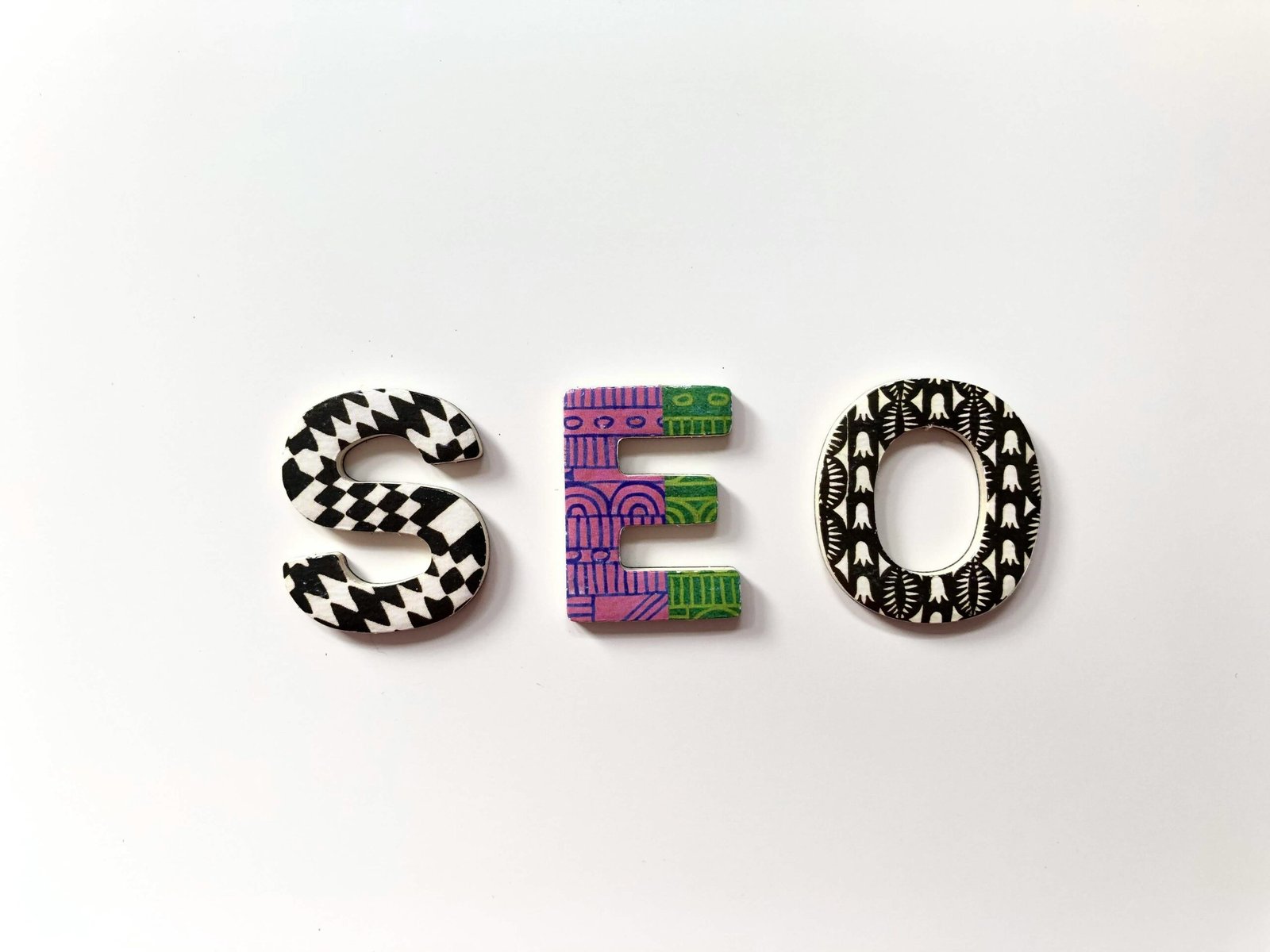Understanding the Basics of SEO
Search Engine Optimization (SEO) is a critical component in enhancing a website’s visibility and ranking on search engines like Google. At its core, SEO involves optimizing various elements of a website to improve its search engine rankings, thereby driving more organic traffic. The essence of SEO lies in understanding how search engines work and the criteria they use to rank websites.
Keywords are the foundation of SEO. They are the terms and phrases that users type into search engines when looking for information. By integrating relevant keywords naturally into your content, you can help search engines understand what your page is about, thus improving its chances of being ranked higher in search results. However, it is crucial to avoid keyword stuffing, as this can lead to penalties from search engines.
Search engines use complex algorithms to evaluate and rank websites. Factors such as the relevance of content to the search query, the quality and quantity of backlinks, and the overall user experience play significant roles. High-quality content that provides value to users is essential for good SEO. Additionally, search engines consider the structure and readability of content, making it essential to use headings, bullet points, and concise paragraphs.
On-page SEO techniques involve optimizing elements within your website. These include using meta tags (title tags and meta descriptions), optimizing images with alt text, and ensuring your website is mobile-friendly. Creating a sitemap and using structured data can also help search engines crawl and index your site more effectively.
Off-page SEO, on the other hand, focuses on external factors. Building high-quality backlinks from reputable websites is a key off-page strategy. Social media engagement and online reviews can also contribute positively to your site’s SEO. A good backlink profile signals to search engines that your content is credible and valuable.
Examples of good SEO practices include creating high-quality, original content, optimizing page load speeds, and ensuring a mobile-friendly design. Bad SEO practices, such as using duplicate content, buying backlinks, and engaging in keyword stuffing, can harm your website’s ranking and reputation.
Creating SEO-Friendly Content
Optimizing content for search engines begins with thorough keyword research. Identifying relevant keywords that resonate with your target audience is critical. Tools such as Google Keyword Planner, Ahrefs, and SEMrush can assist in uncovering these valuable terms. Once identified, the integration of these keywords should be seamless and natural, avoiding the pitfall of keyword stuffing, which can negatively impact readability and search engine rankings.
High-quality, original content is paramount for effective SEO. Your content should not only incorporate relevant keywords but also provide substantial value to the reader. This means offering insights, solutions, or information that is unique and beneficial. Originality and depth keep readers engaged and encourage them to share your content, further enhancing its reach and authority.
Utilizing headings and subheadings is another strategic approach to creating SEO-friendly content. Headings (H1, H2, H3, etc.) break down your content into digestible sections, making it easier for readers to navigate and for search engines to index. Incorporating bullet points and numbered lists can also improve readability by highlighting key points and facilitating quick understanding.
Mobile-friendliness is a crucial aspect of modern SEO. With a significant portion of internet traffic originating from mobile devices, ensuring your content is accessible and visually appealing on smaller screens is essential. Responsive design techniques help achieve this, adapting your content layout to various screen sizes without compromising user experience.
Page loading speed is another critical factor. Slow-loading pages can deter users and negatively impact your search engine ranking. Optimizing images, leveraging browser caching, and minimizing HTTP requests are some strategies to enhance loading speed.
Incorporating multimedia elements such as images and videos can enrich your content. However, it’s vital to use proper alt texts for these elements. Alt texts provide context to search engines and improve accessibility for users with visual impairments, further boosting your SEO efforts.
Regularly updating your content ensures it remains relevant and maintains its ranking. Search engines favor fresh content, so revisiting and refreshing your posts with updated information, new insights, or additional keywords can sustain and even improve your SEO performance over time.

Leave a Reply